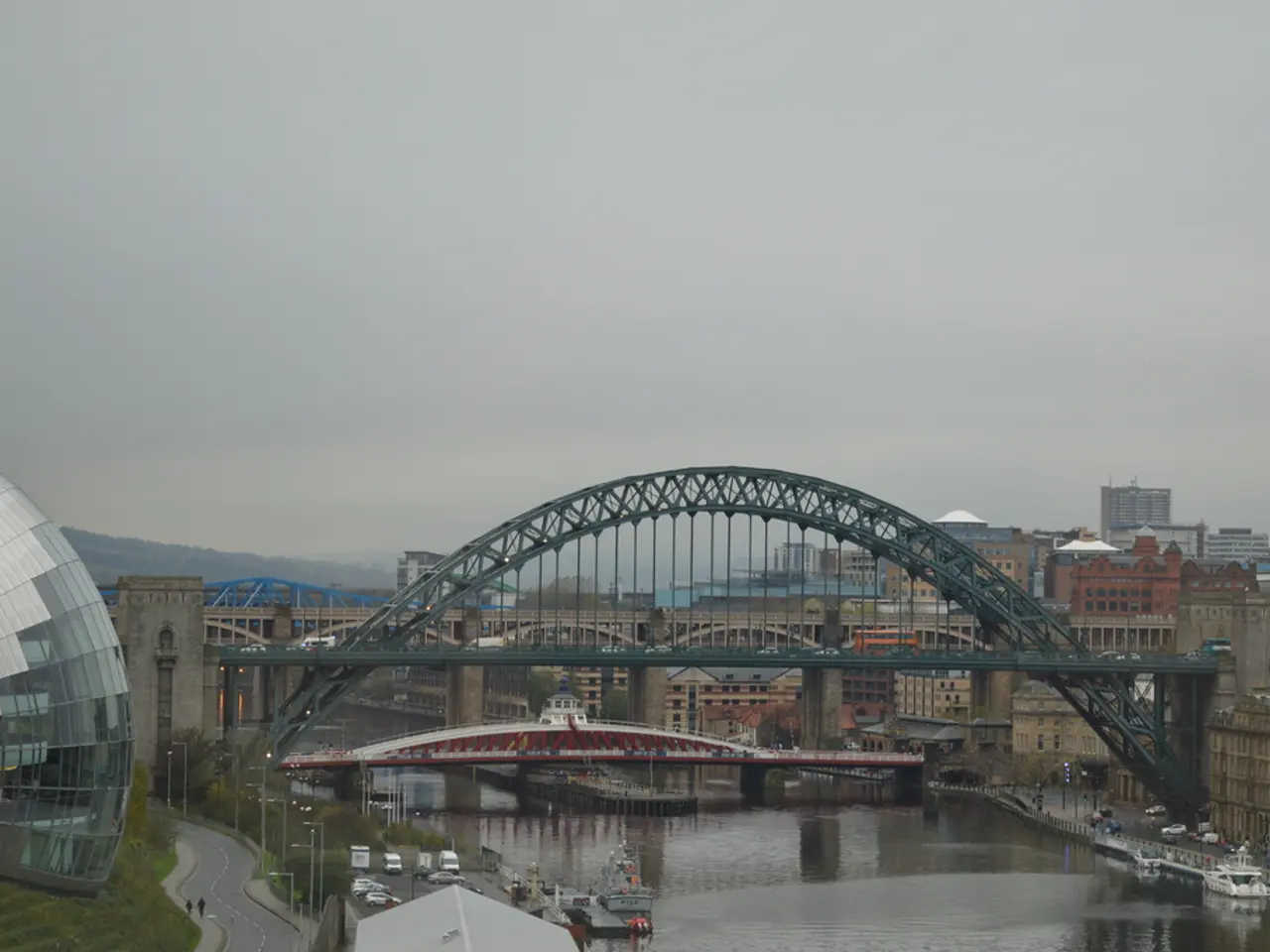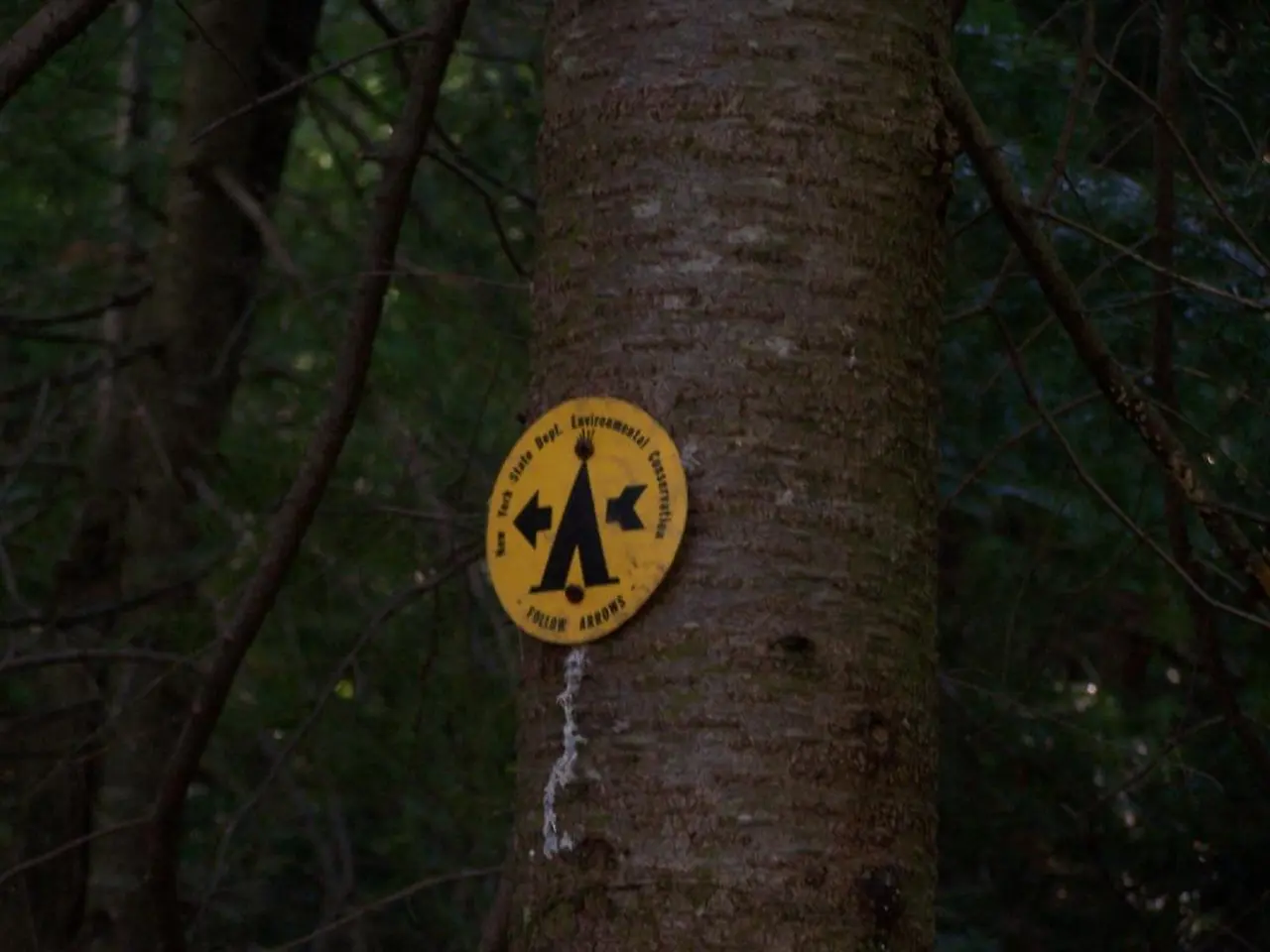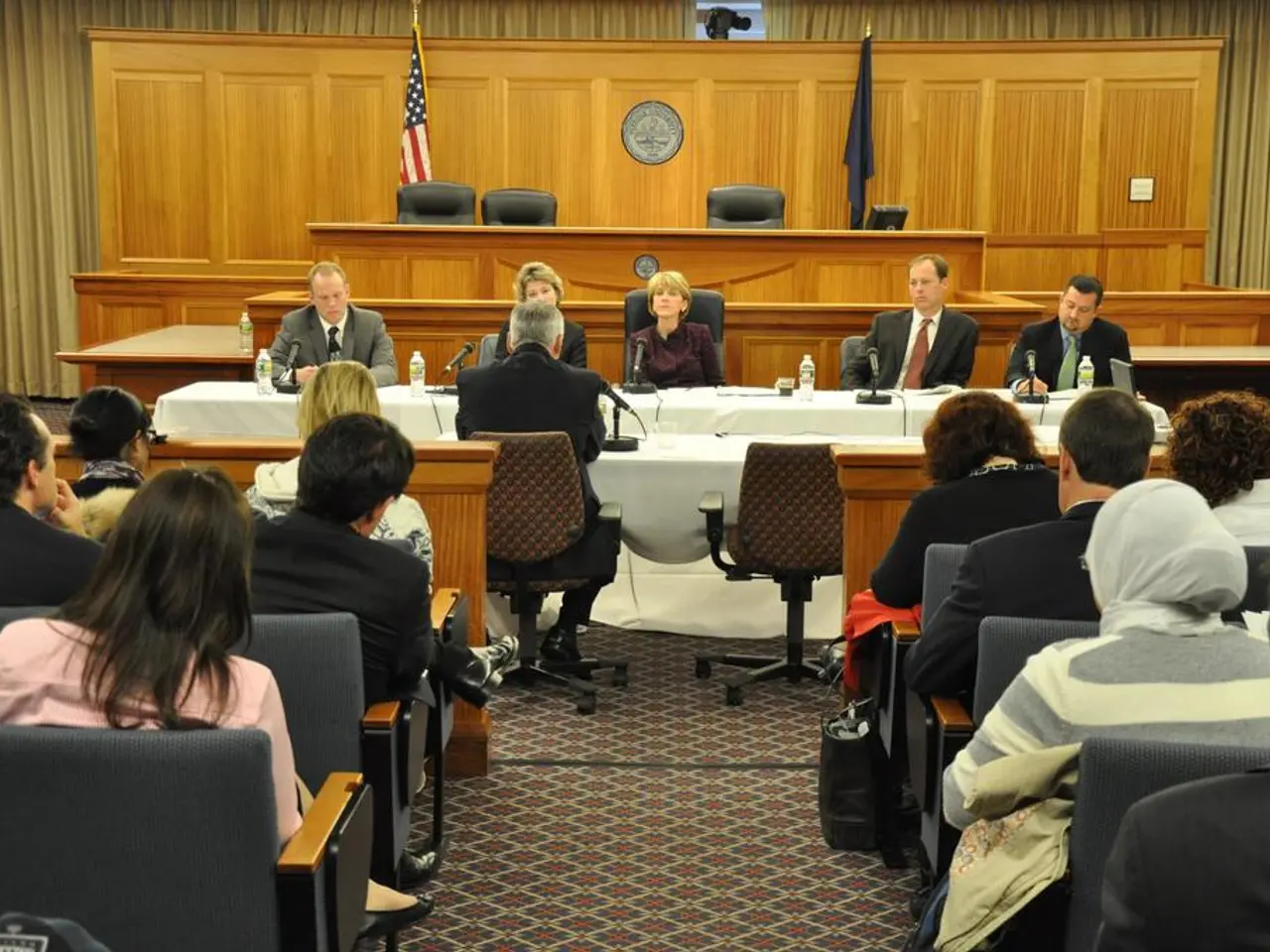Tragic Losses in Floods and Mudslides on the Island of Java
In the heart of Indonesia, the region around Bogor, West Java, has been hit hard by a series of landslides and heavy flooding, with parts of the capital Jakarta submerged underwater, causing traffic chaos and resulting in casualties and property damage. At least three lives have been lost, and one person is still missing following the landslides.
Meteorologists have predicted further heavy rainfall in the coming days, adding to the already challenging situation. The civil defense agency reported these incidents, which were preceded by unusually heavy rainfall for the season.
As Jakarta grapples with these natural disasters, efforts to combat the impacts of climate change and improve the city's resilience against floods are underway. The Ministry of Public Works is spearheading these initiatives, with support from both central and provincial governments.
Key projects include the construction of coastal embankments and sea walls, such as the ongoing Phase 7 that will cover 850 meters along the Ancol, Muara Baru Barat, and Cilincing Rivers. The government also plans to build a polder system at the Dadap River as part of Phase 7, aimed at more effectively controlling flooding.
The embankments and flood control infrastructure are part of the broader National Capital Integrated Coastal Development initiative, which also includes improvements in clean water provision, wastewater management, and measures to prevent land subsidence caused by excessive groundwater extraction.
The government is also preparing the Giant Sea Wall along the northern coast of Java Island, including Jakarta, as a national strategic project to combat tidal flooding intensified by climate change. The Jakarta Provincial Government is constructing a sea wall in the Muara Angke area to mitigate medium-term tidal flooding risks.
These flood mitigation strategies integrate the construction of key dams, such as the Karian and Jatiluhur Dams, to secure water supply and improve flood resilience. Water quality improvements downstream are being addressed via the Jakarta Sewerage Development System, which together with infrastructure measures aims to reduce erosion and flood risks.
Despite these efforts, experts warn that the entire area of North Jakarta could be flooded by 2050, given the city's vulnerability to climate change and the fact that many areas in the north of Jakarta lie below sea level and are sinking by several centimeters each year.
Bogor, a popular tourist destination in the highlands of West Java, has also been affected by the landslides. As the city of Jakarta continues to battle against the impacts of climate change, the ongoing flood mitigation efforts remain crucial in ensuring the city's resilience against increasingly frequent and severe flood events.
- The meteorologists' forecast of additional heavy rainfall emphasizes the need for swift progress in environmental-science initiatives aimed at improving weather-forecasting, as these findings could help mitigate the impacts of climate-change-induced weather patterns.
- In light of the recent landslides and flooding, the necessity of incorporating climate-change science in the improvement of infrastructure projects, such as the construction of coastal embankments and sea walls, becomes increasingly apparent.
- As the scientific community predicts that North Jakarta could be fully flooded by 2050, the ongoing efforts in weather-forecasting, climate-change research, and flood mitigation strategies must be augmented by science-based policies to ensure the city’s long-term resilience against the effects of climate change.








